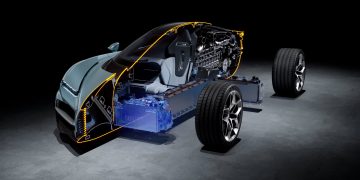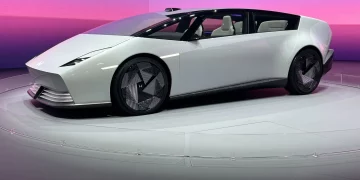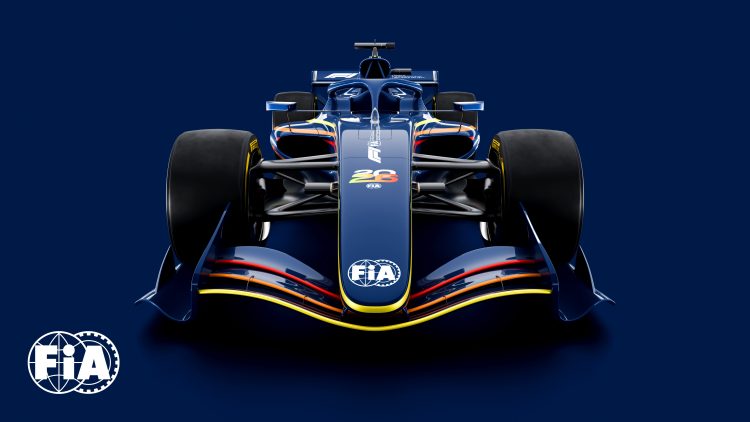The Federation Internationale de l’Automobile (FIA) has just lifted the veil on a revolutionary set of regulations for the 2026 Formula 1 season, complete with tantalizing renderings that hint at a new era of racing aesthetics and technology.
A New Era of Design and Dynamics
In a striking departure from recent trends, the Formula 1 vehicles of 2026 will embrace a philosophy of minimalism. The new regulations dictate a reduction in size and mass, with cars becoming more compact and shedding weight to become lighter and more agile contenders on the track. The wheelbase will see a significant reduction, and even the Pirelli tires will slim down, although the 18-inch wheels introduced in 2022 are here to stay.
Aerodynamics Reimagined
The 2026 season is set to witness a seismic shift in aerodynamics. Teams will have the freedom to integrate active aerodynamic elements into both the front and rear wings, a move that promises to enhance performance and strategy. This innovation allows for dynamic adjustments during the race, offering drivers the ability to toggle between low-drag ‘X-mode’ and high-downforce ‘Z-mode’ configurations. The FIA’s vision is clear: a future where cars have significantly less drag and downforce, paving the way for tighter racing duels.

Powertrain Paradigm Shift
Powertrains are undergoing a radical transformation, with the 1.6-liter turbocharged V6 engines being recalibrated to run on 100% sustainable fuel. The combustion engine’s contribution to the car’s power will decrease, but the slack will be taken up by an augmented electric component, aiming for a near-equal split between fossil fuel and electric power. This harmonious blend of power sources is expected to deliver more horsepower than the current generation, ensuring that the essence of F1’s thrilling speed remains undiluted.
The Art of Energy Harvesting
The new regulations also encompass advancements in energy recovery systems. With an increase in the capacity to harvest energy during braking, the FIA anticipates that teams will be able to collect a substantial amount of energy per lap. Additionally, the strategic deployment of this energy will become more nuanced, with drivers being granted an “MGU-K Override” feature to aid in overtaking, adding an extra layer of tactical depth to races.
Safety: The Paramount Priority
In line with Formula 1’s unwavering commitment to safety, the 2026 cars will boast a new two-stage nose design aimed at reducing the risk of detachment during collisions. Enhanced side intrusion protection, fortified fuel cell surroundings, and increased roll hoop loads are among the many improvements that have been made without compromising the cars’ newfound lightweight stature.


































Discussion about this post